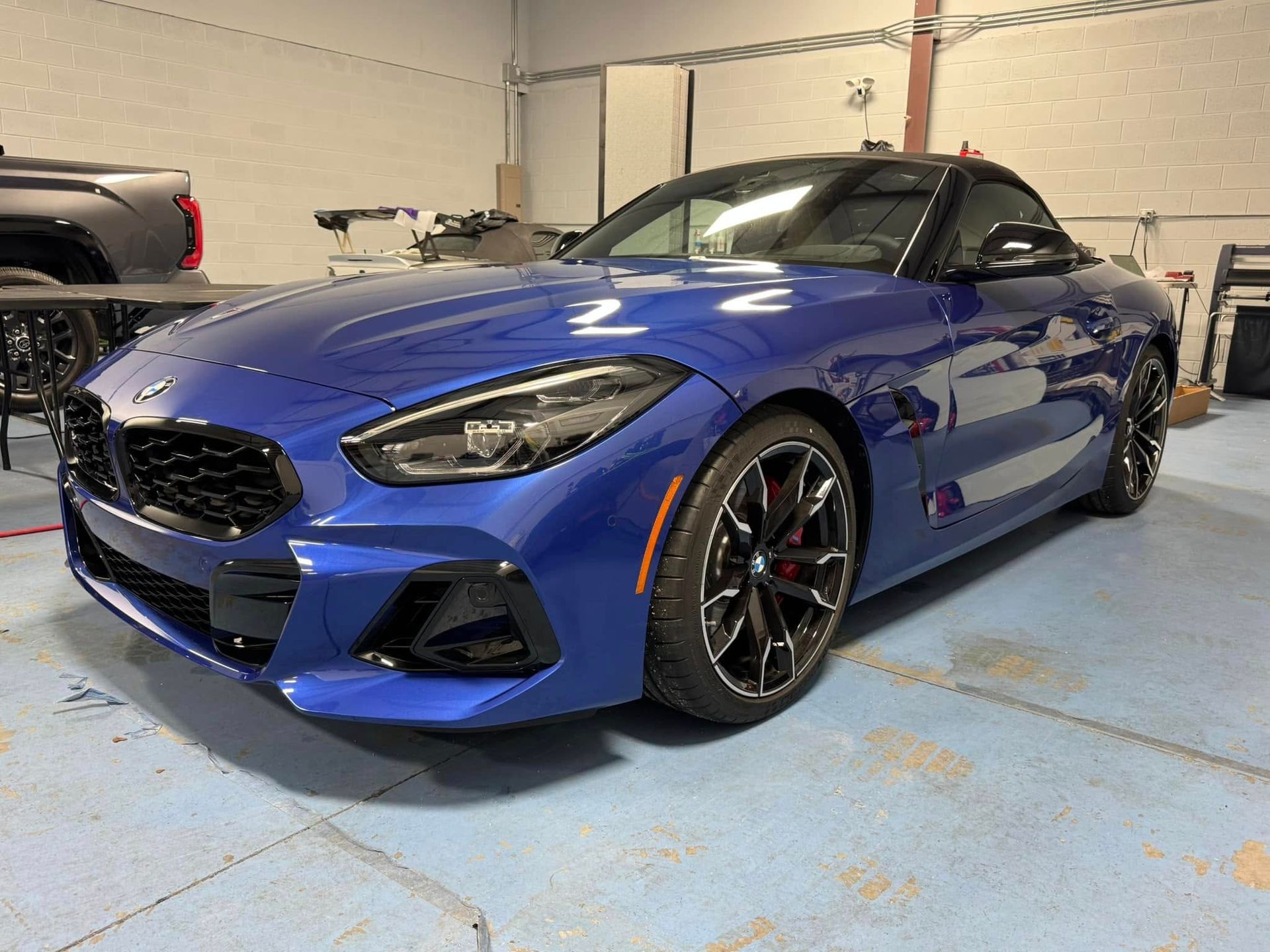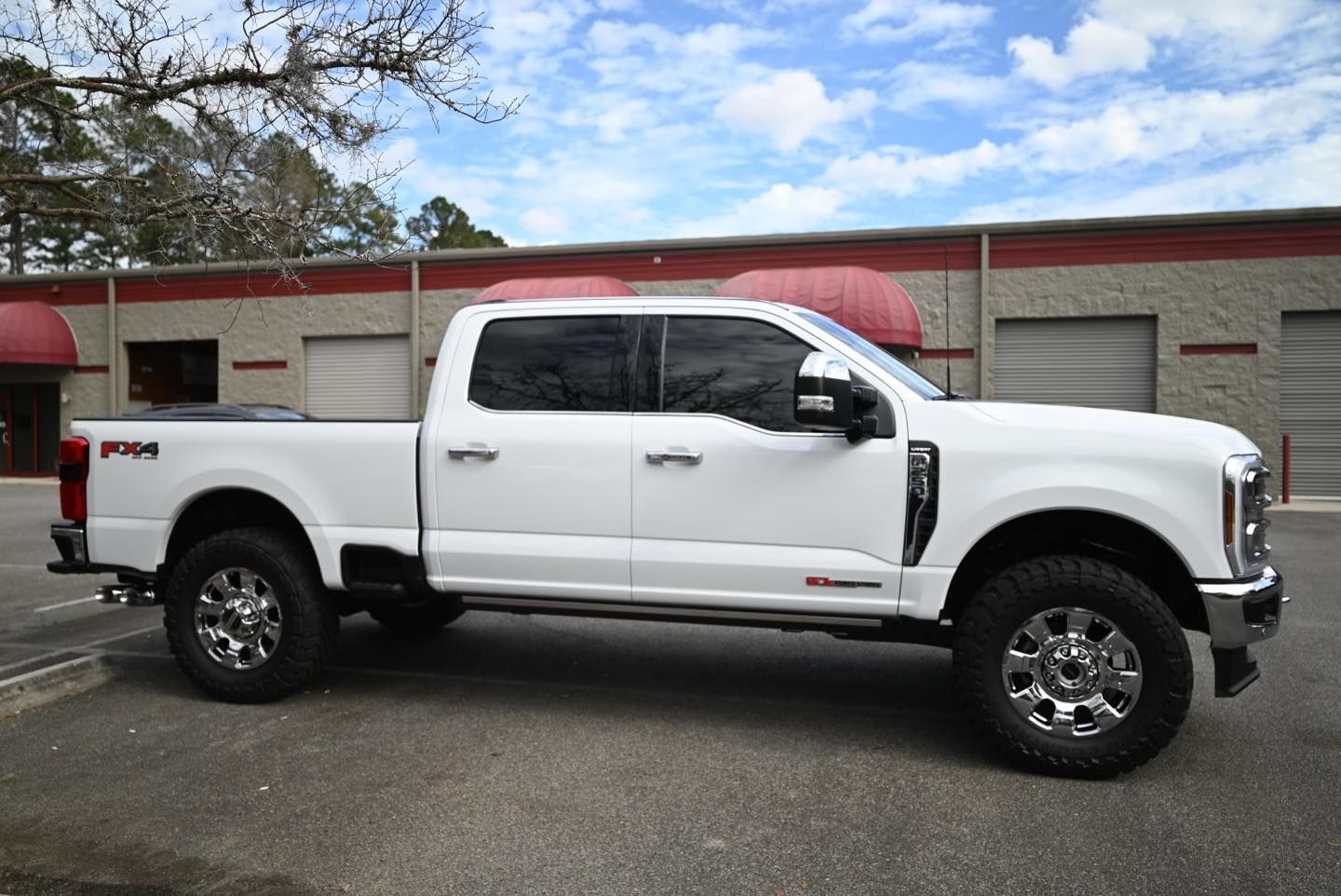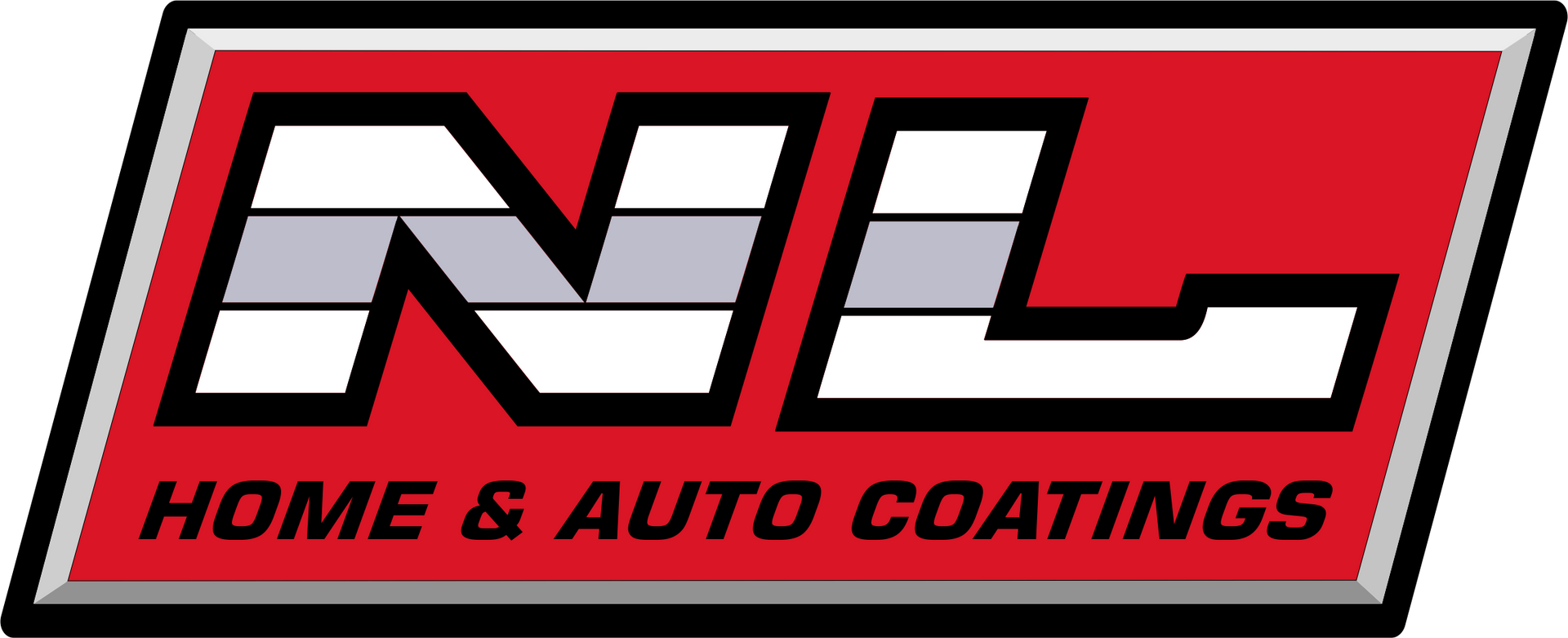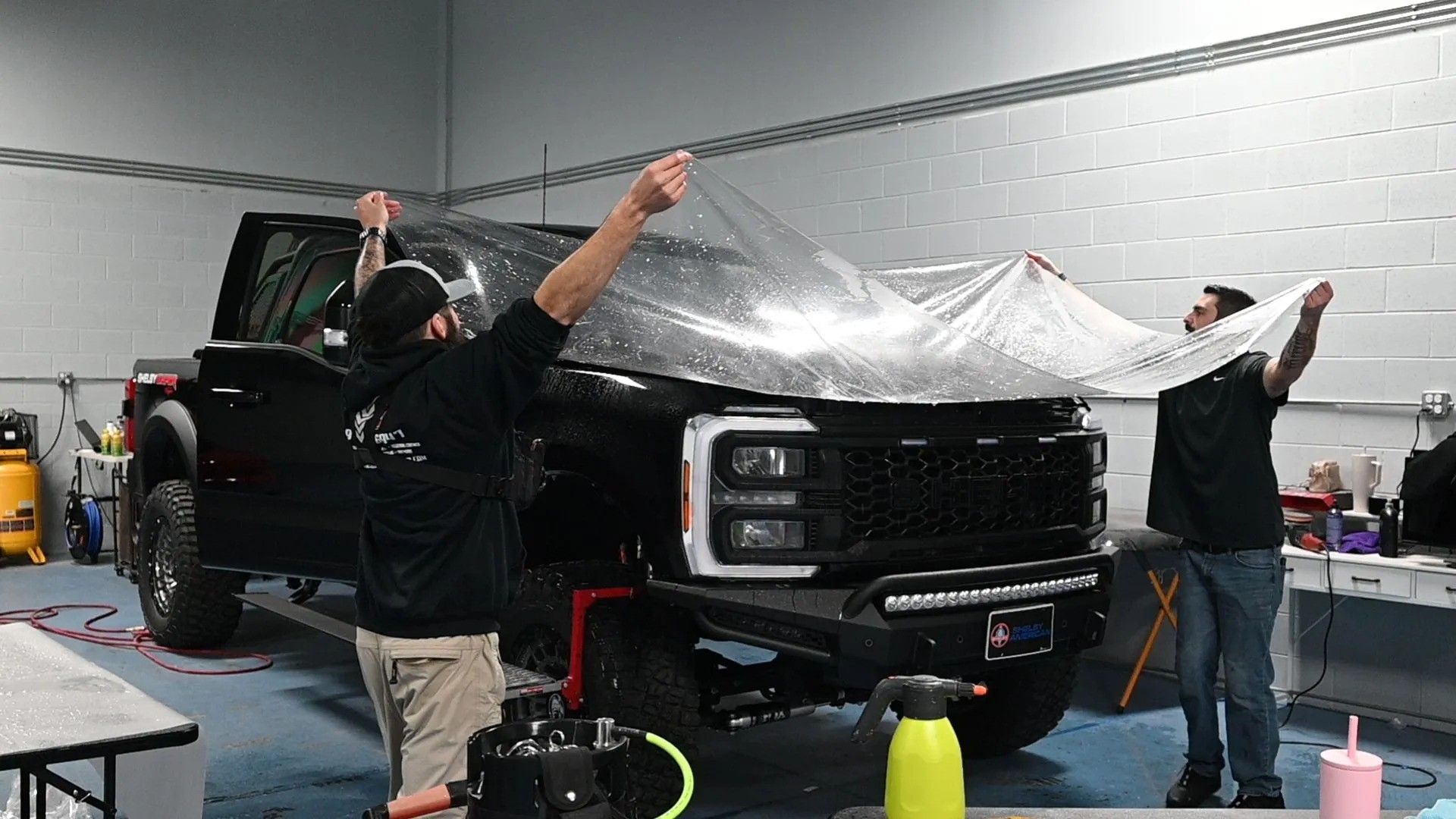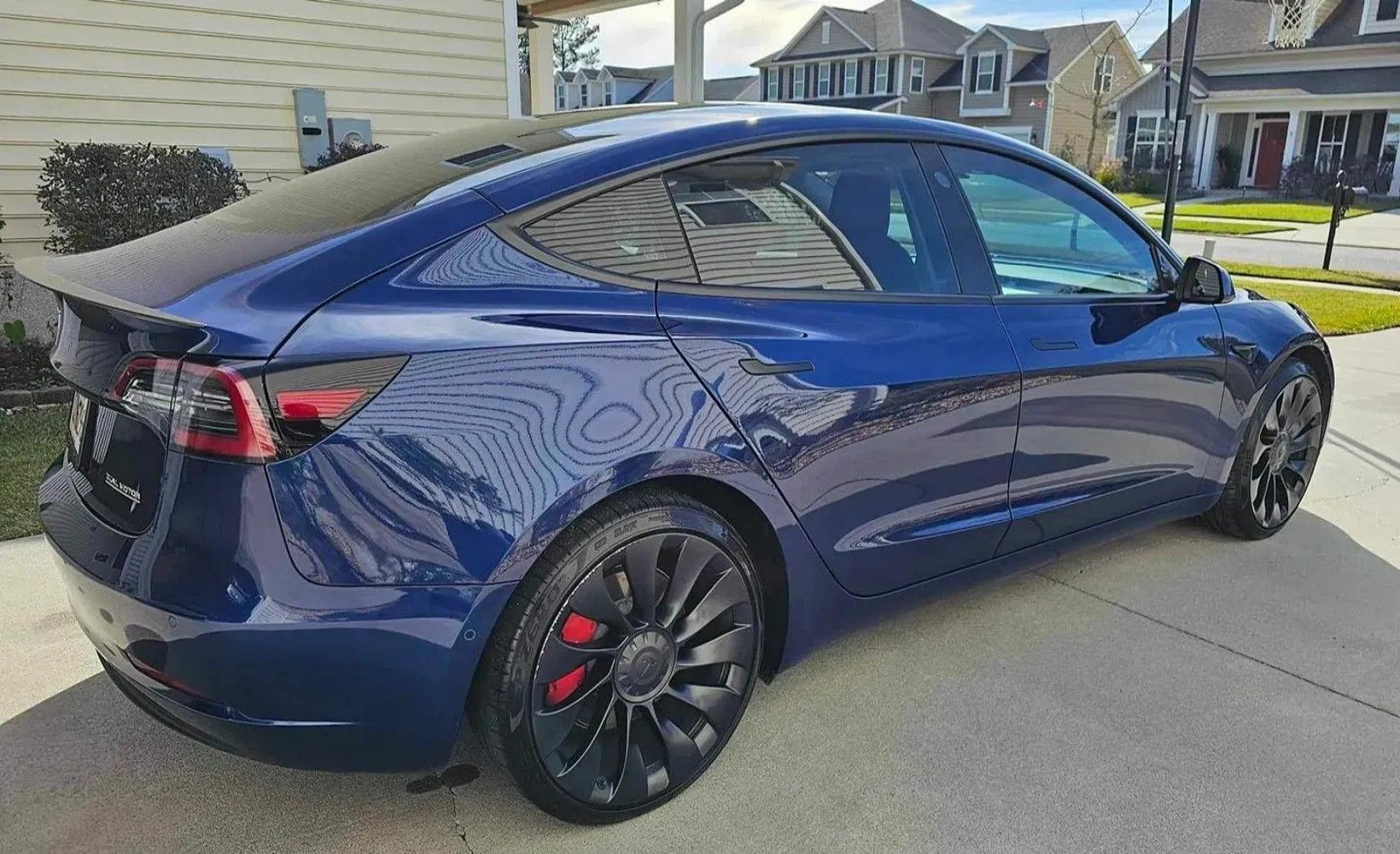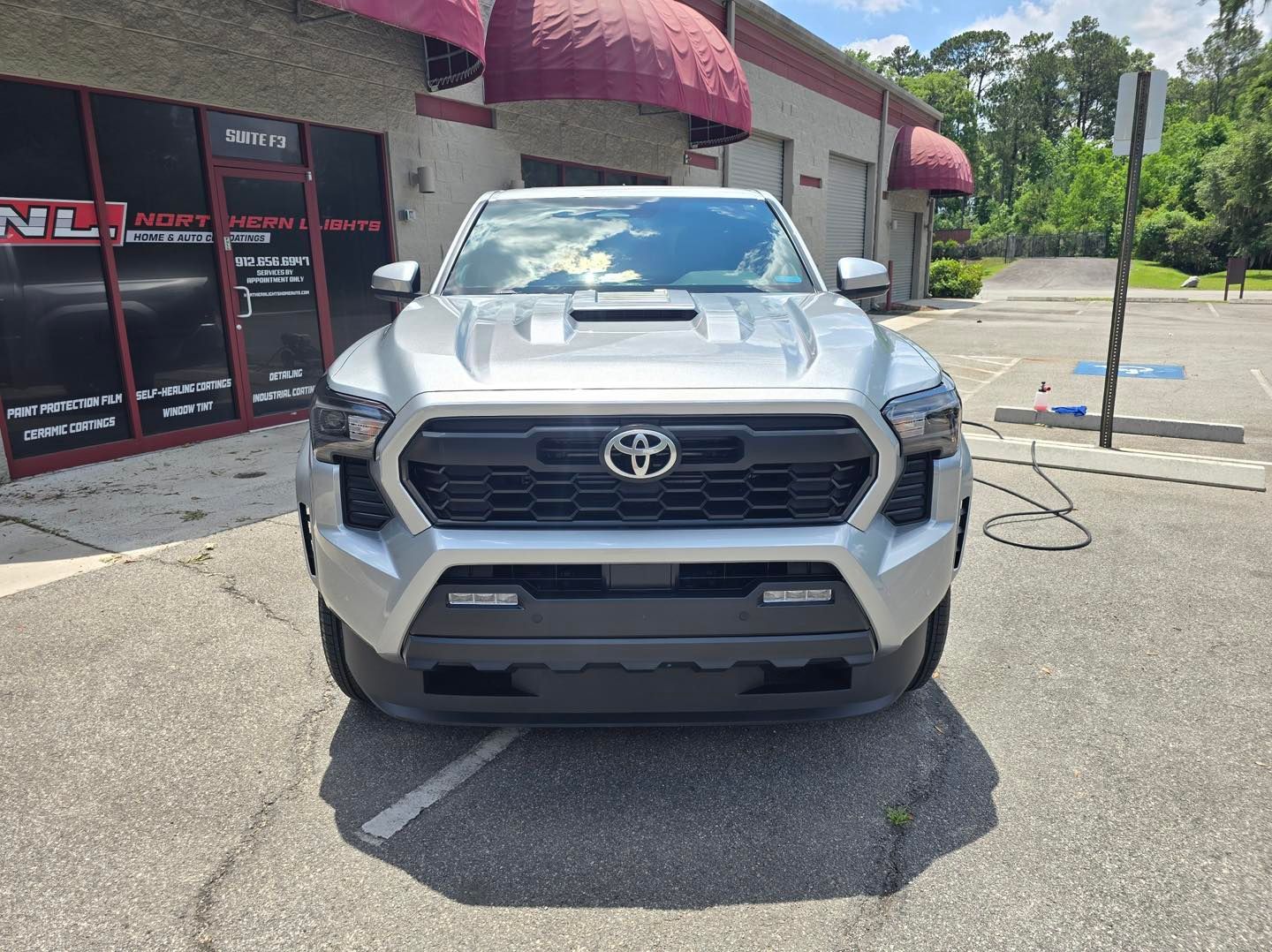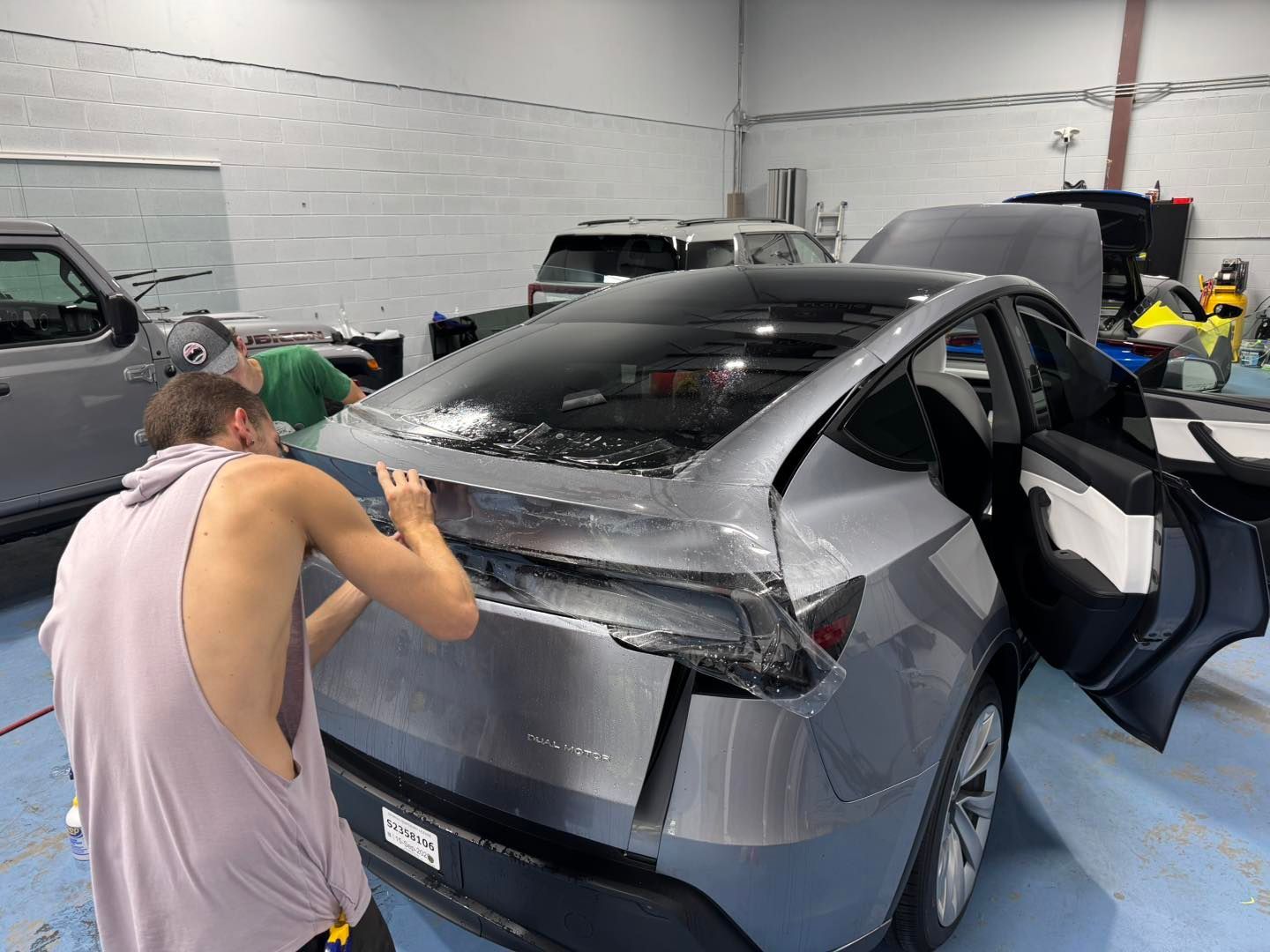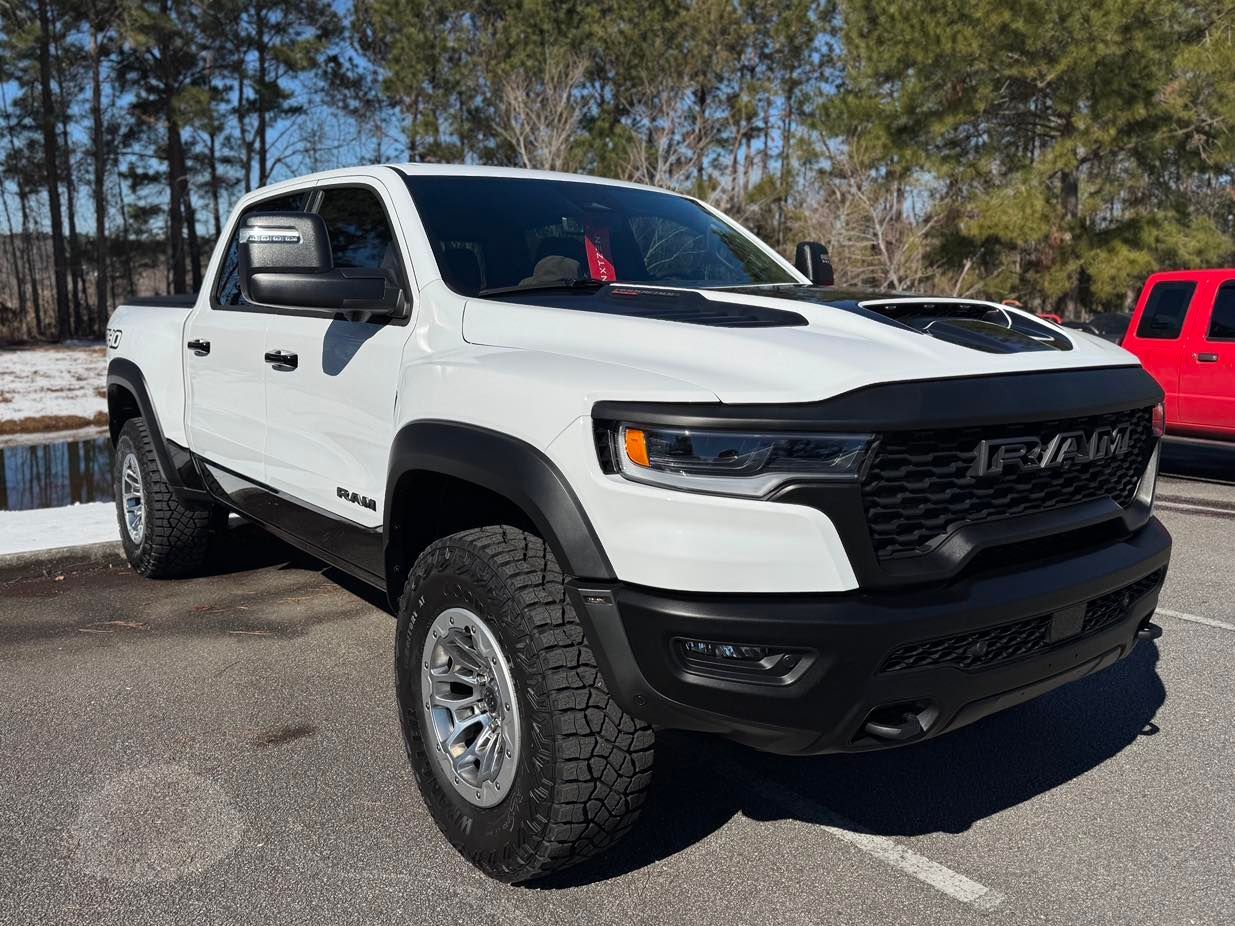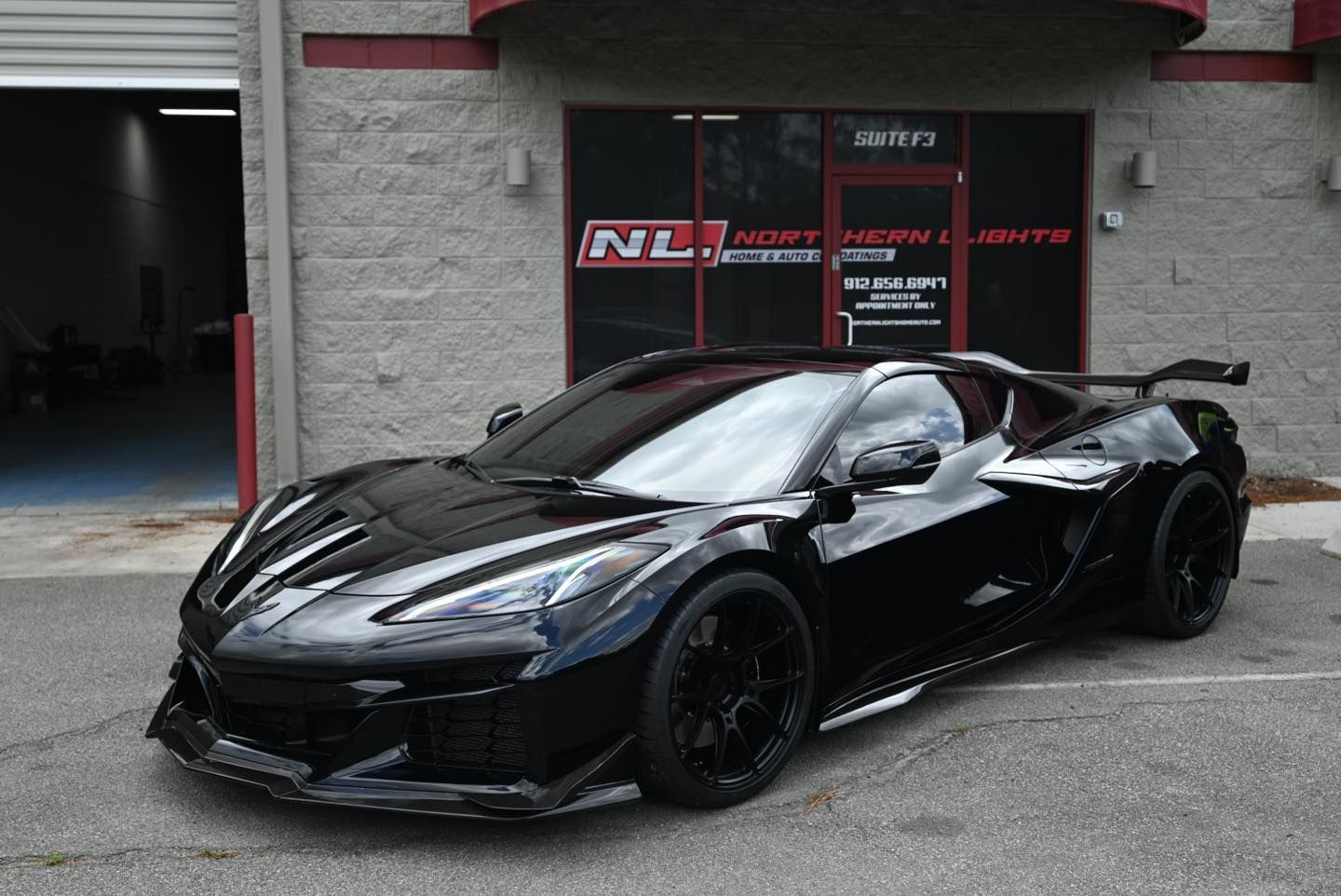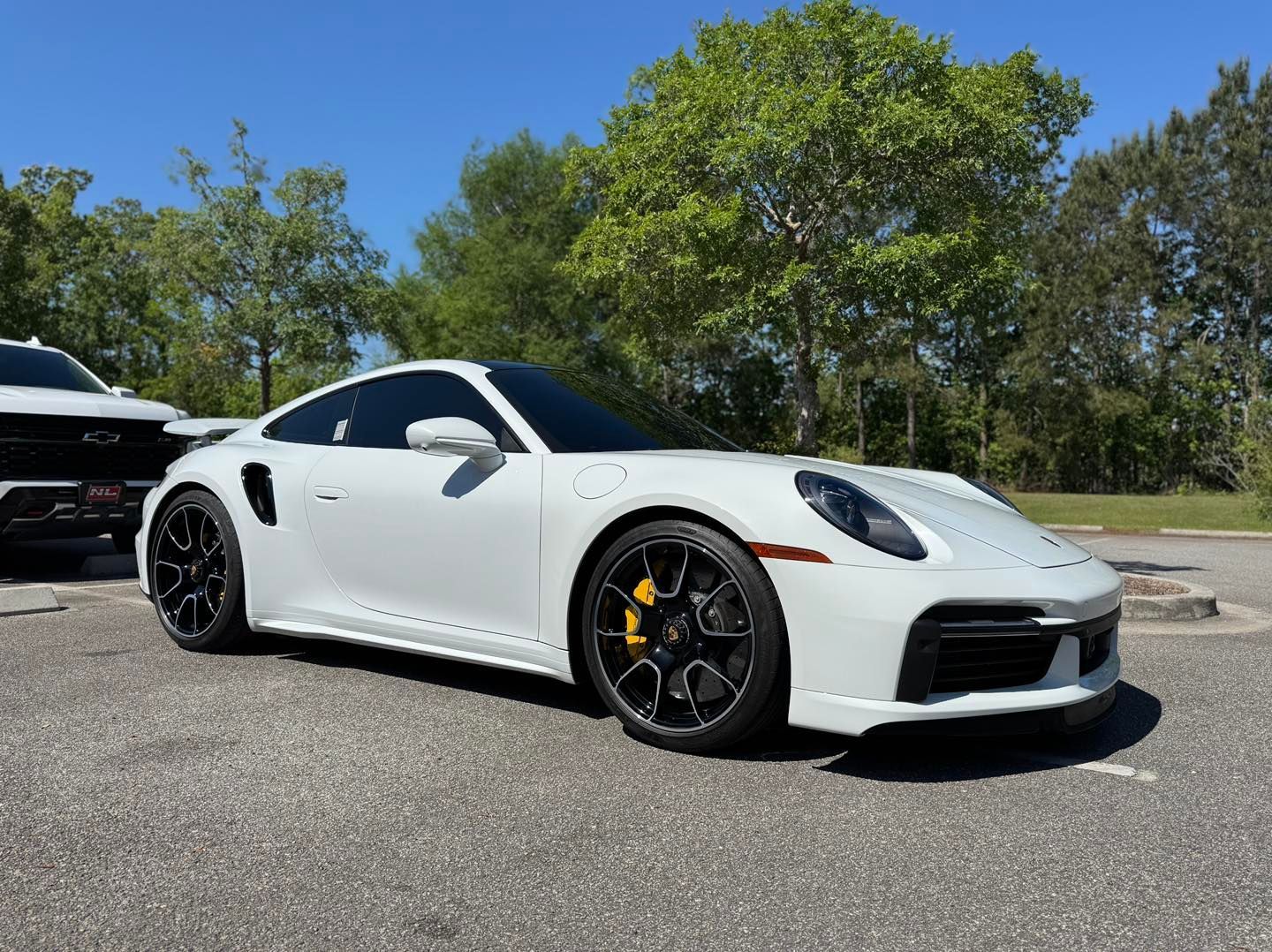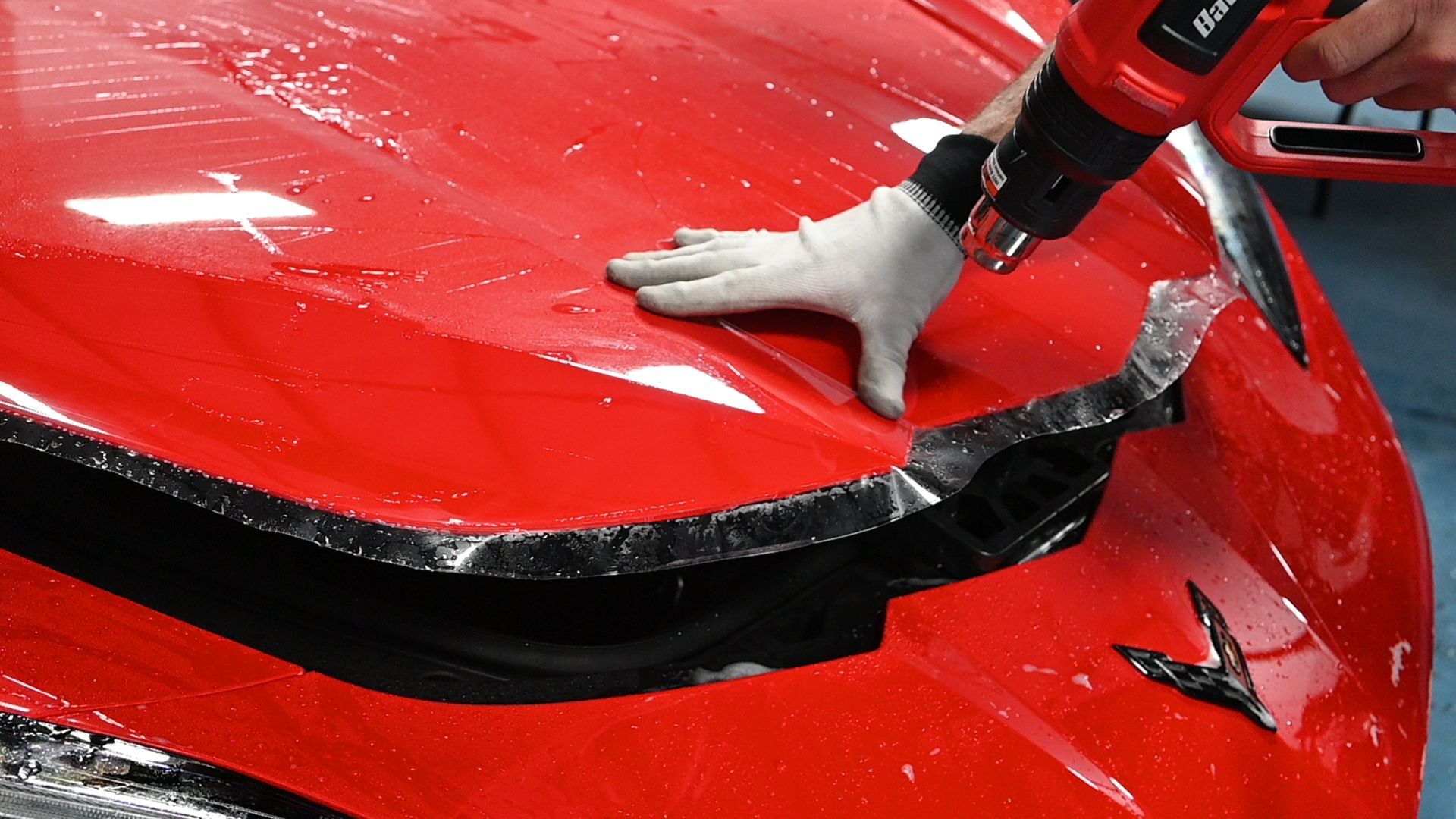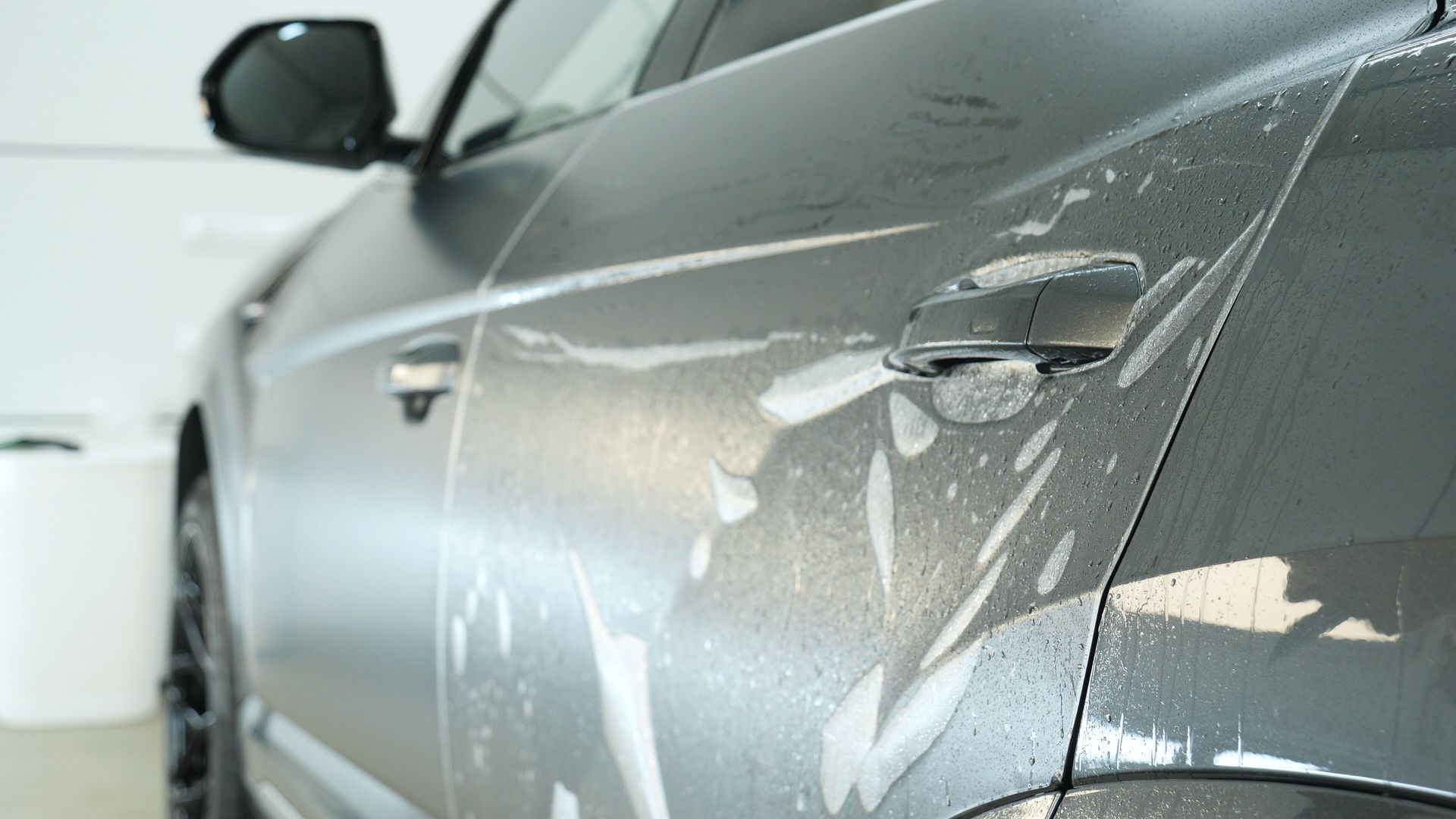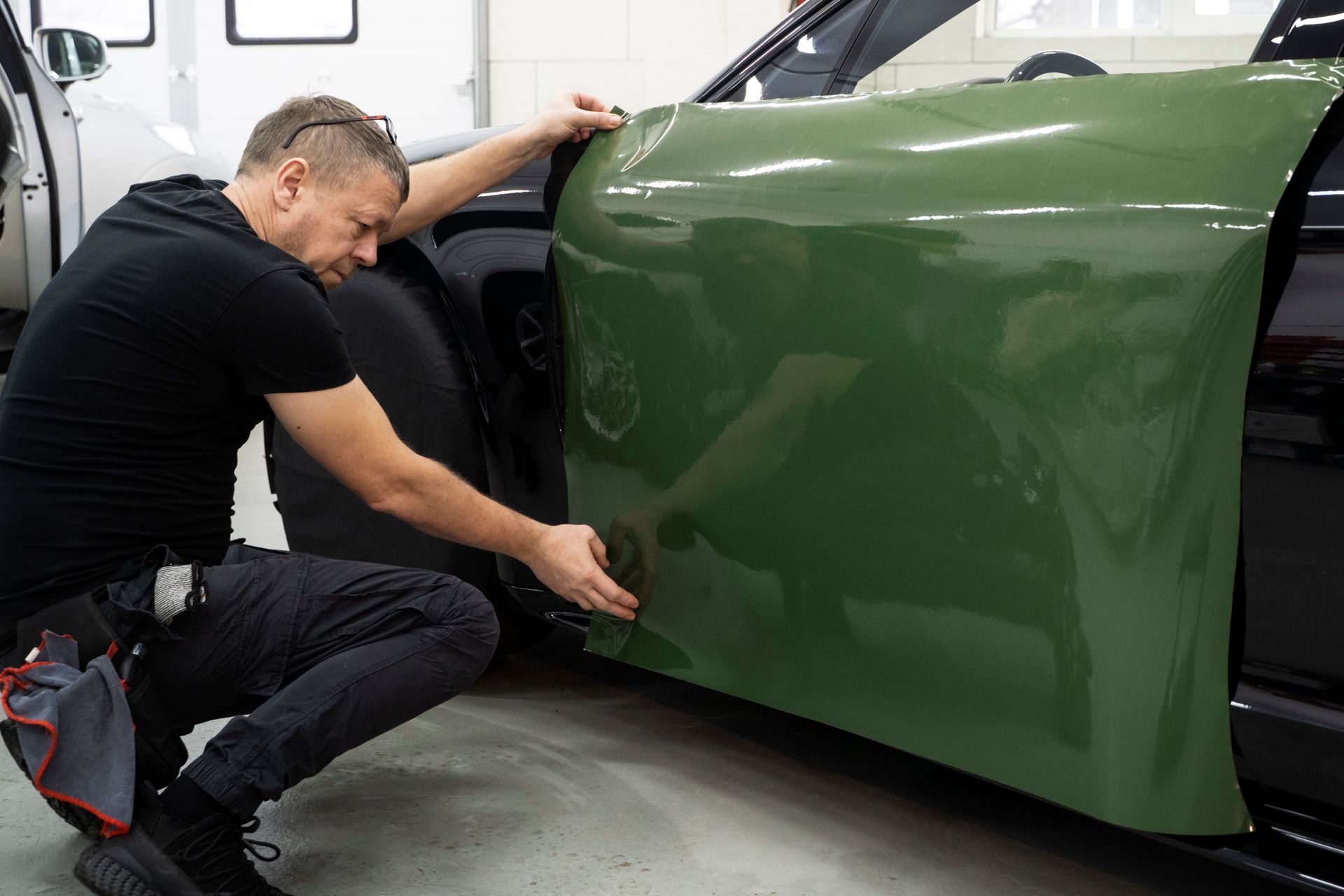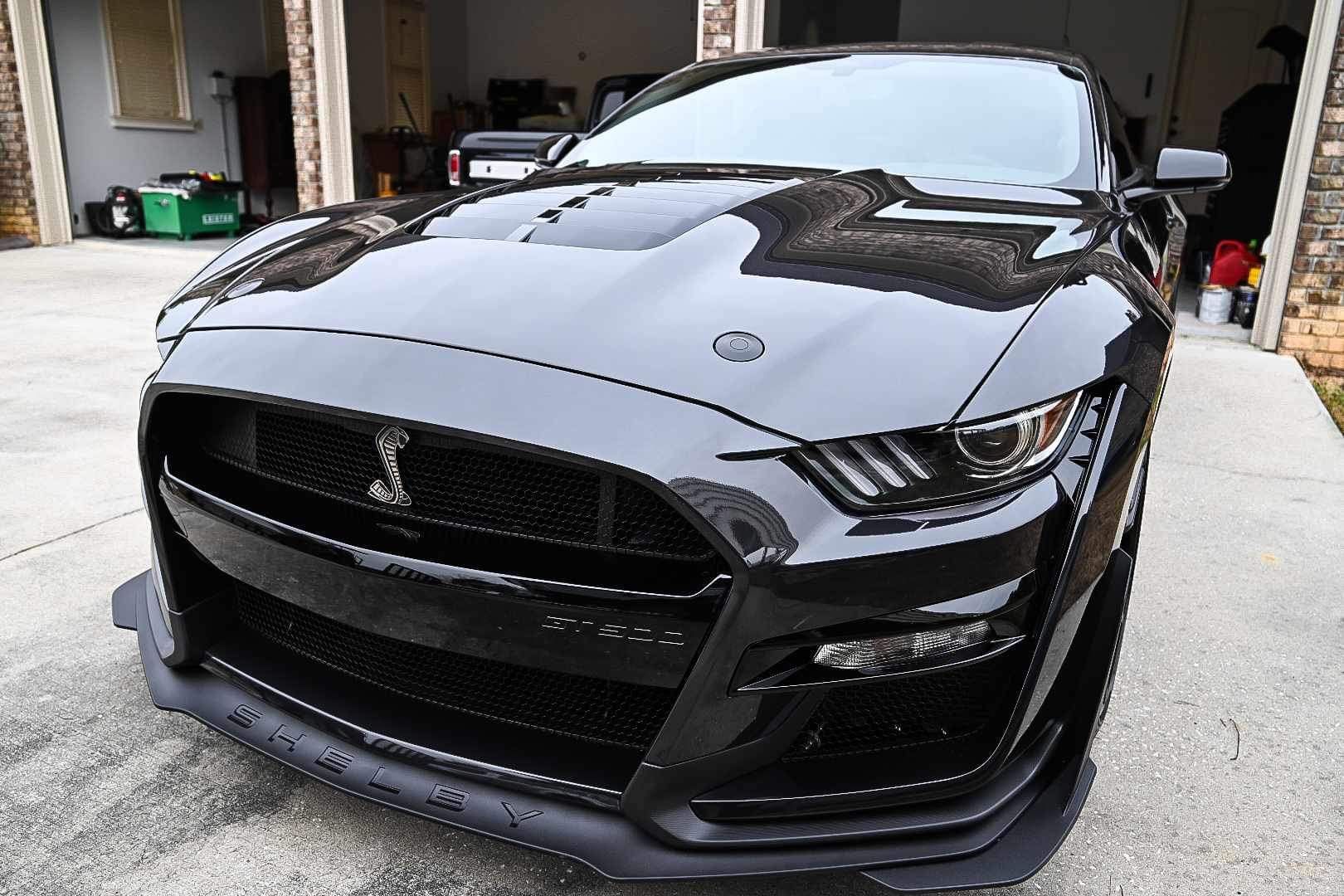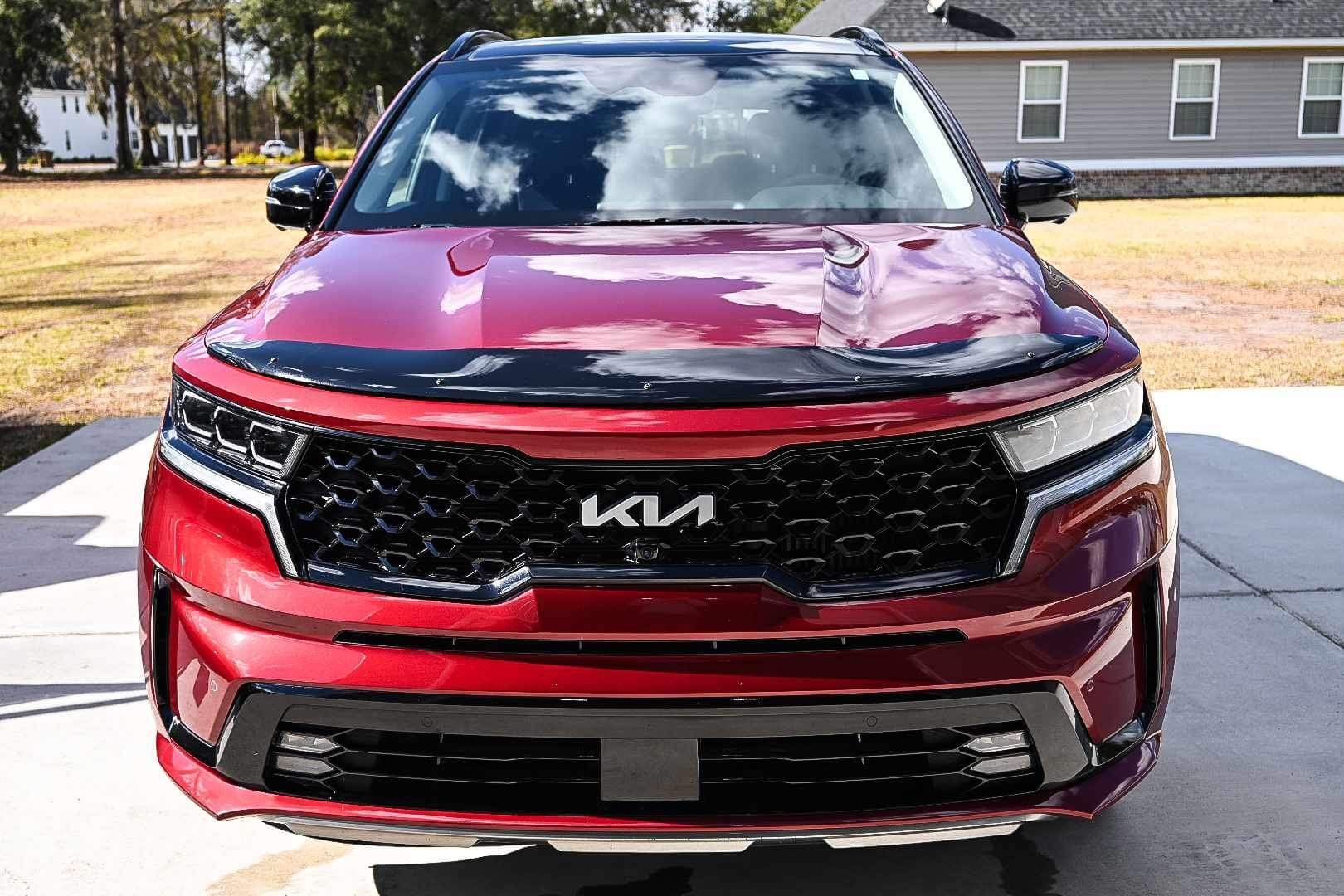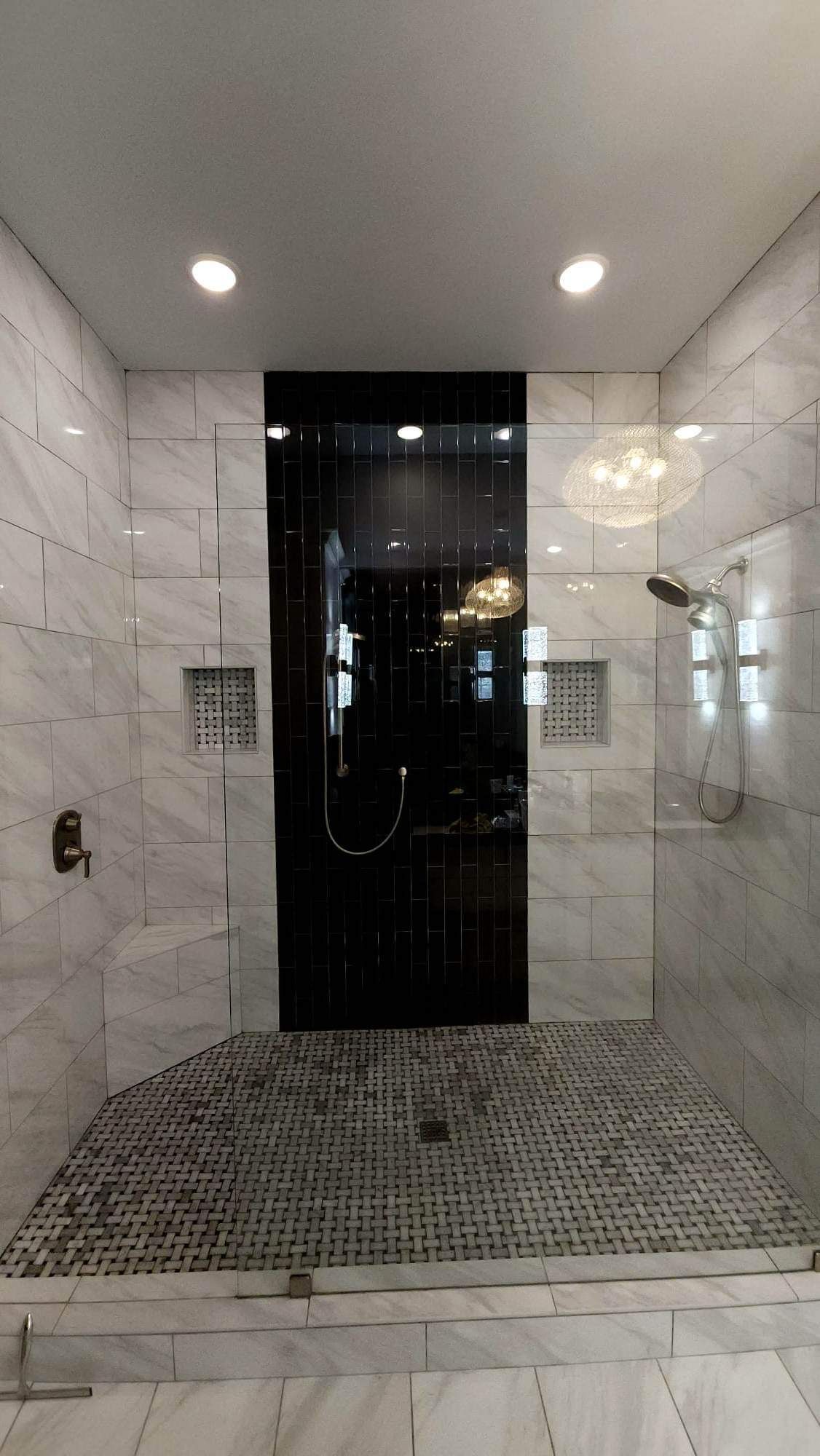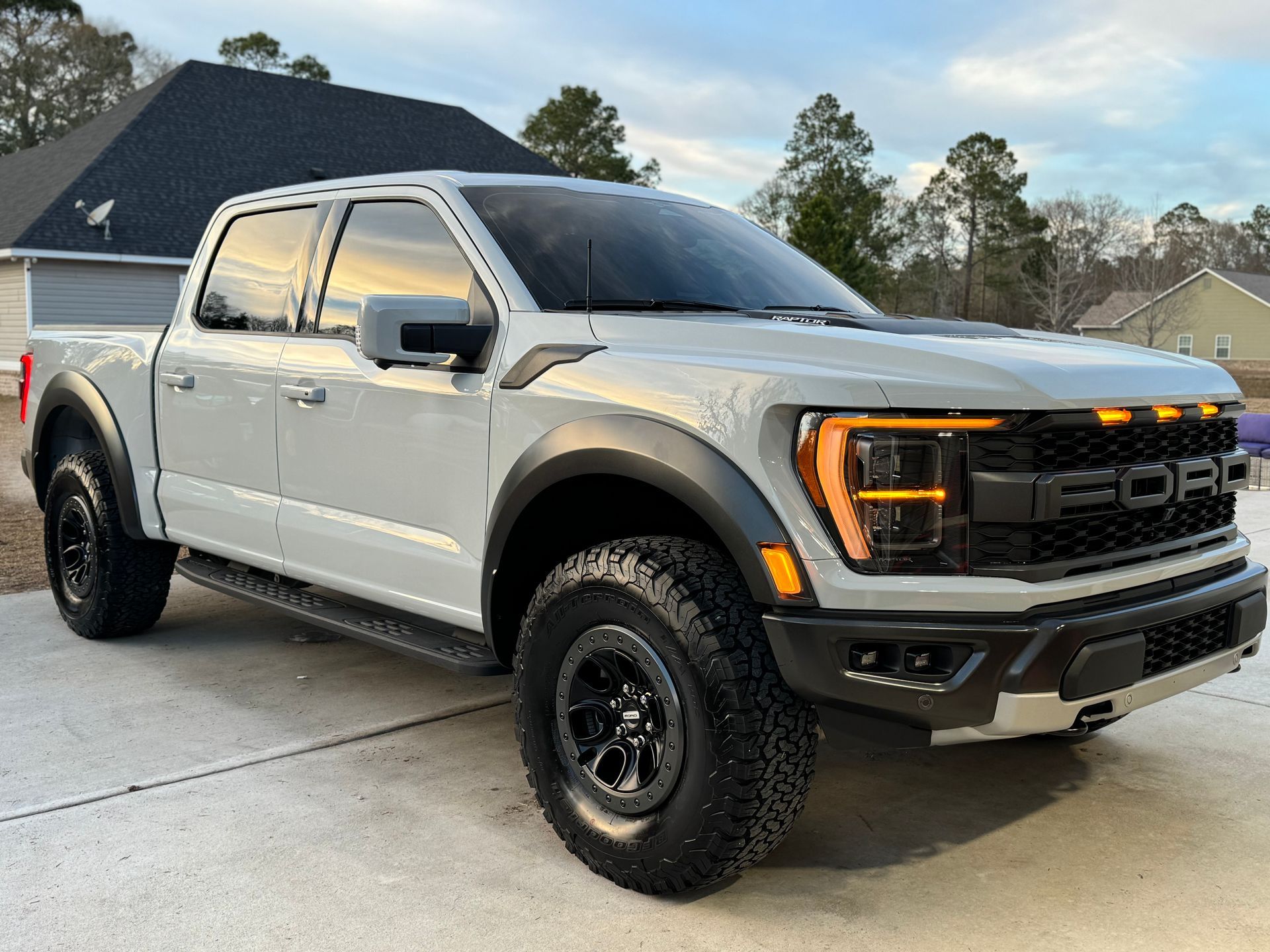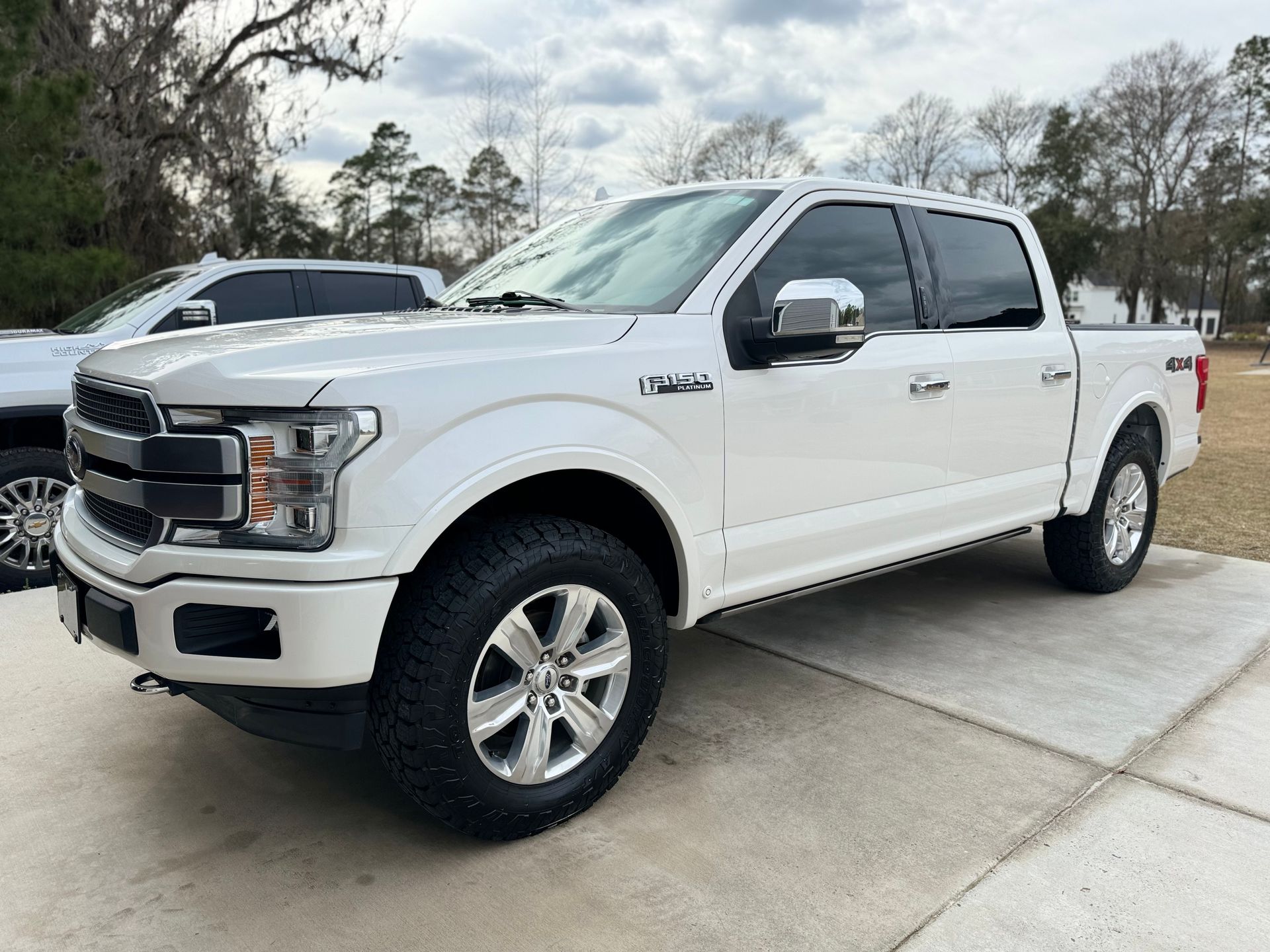How to Apply Paint Protection Film: What the Pros Do Differently
GET A FREE ESTIMATECALL (912) 656-6947
If you truly care about your car’s appearance, then protecting its paint isn’t just a priority—it’s a necessity. Between road debris, harsh weather, and UV exposure, your vehicle faces a daily battle against damage. That’s where professional Paint Protection Film (PPF) services come in. At Northern Lights Home & Auto Coatings, we offer expertly applied PPF that acts like an invisible armor, preserving your car’s showroom shine while protecting it from scratches, chips, and fading. In this guide, we’ll walk you through what goes into a professional PPF installation so you can see why trusting the pros makes all the difference when it comes to long-term paint protection.
What is Paint Protection Film (PPF)?
Paint Protection Film, or PPF, is a virtually invisible urethane layer that protects your vehicle’s painted surfaces from the hazards of daily driving—stone chips, road debris, bug splatter, and UV rays. At Northern Lights Home & Auto Coatings, we treat PPF not just as a product but as a long-term investment in your car’s condition and value.
One standout feature of high-quality PPF is its self-healing property. Minor scratches fade with heat exposure—sunlight or warm water—allowing your vehicle to maintain that fresh-off-the-lot look. According to industry data, professionally installed PPF can help preserve a car’s paint condition up to 30% better over five years, with the added potential of increasing resale value by thousands, depending on market trends.
While DIY kits may appeal to budget-conscious owners, the reality is that achieving clean, precise application—especially on contoured surfaces—is best left to trained professionals. A seasoned installer guarantees edge coverage, proper stretching, and zero bubbling, all of which can significantly enhance durability and appearance.
Essential Tools for a Flawless Application
Professional PPF installation requires a specialized toolset and a clean, controlled environment. At Northern Lights Home & Auto Coatings, our technicians rely on
- Heat gun—used to activate adhesive and contour film to curves
- Soft-edge squeegee—removes moisture and air bubbles without damaging the film
- Isopropyl alcohol—eliminates surface oils for maximum adhesion
- Clay bar—clears micro-contaminants
- Microfiber towels lift debris without scratching
- Slip solution—water mixed with a small amount of soap for repositioning
- Precision blades—used for clean trims and finishing touches
Each tool plays a vital role in avoiding lift lines, premature peeling, or improper alignment. In a professional setting, preparation is half the outcome.
Vehicle Preparation Process
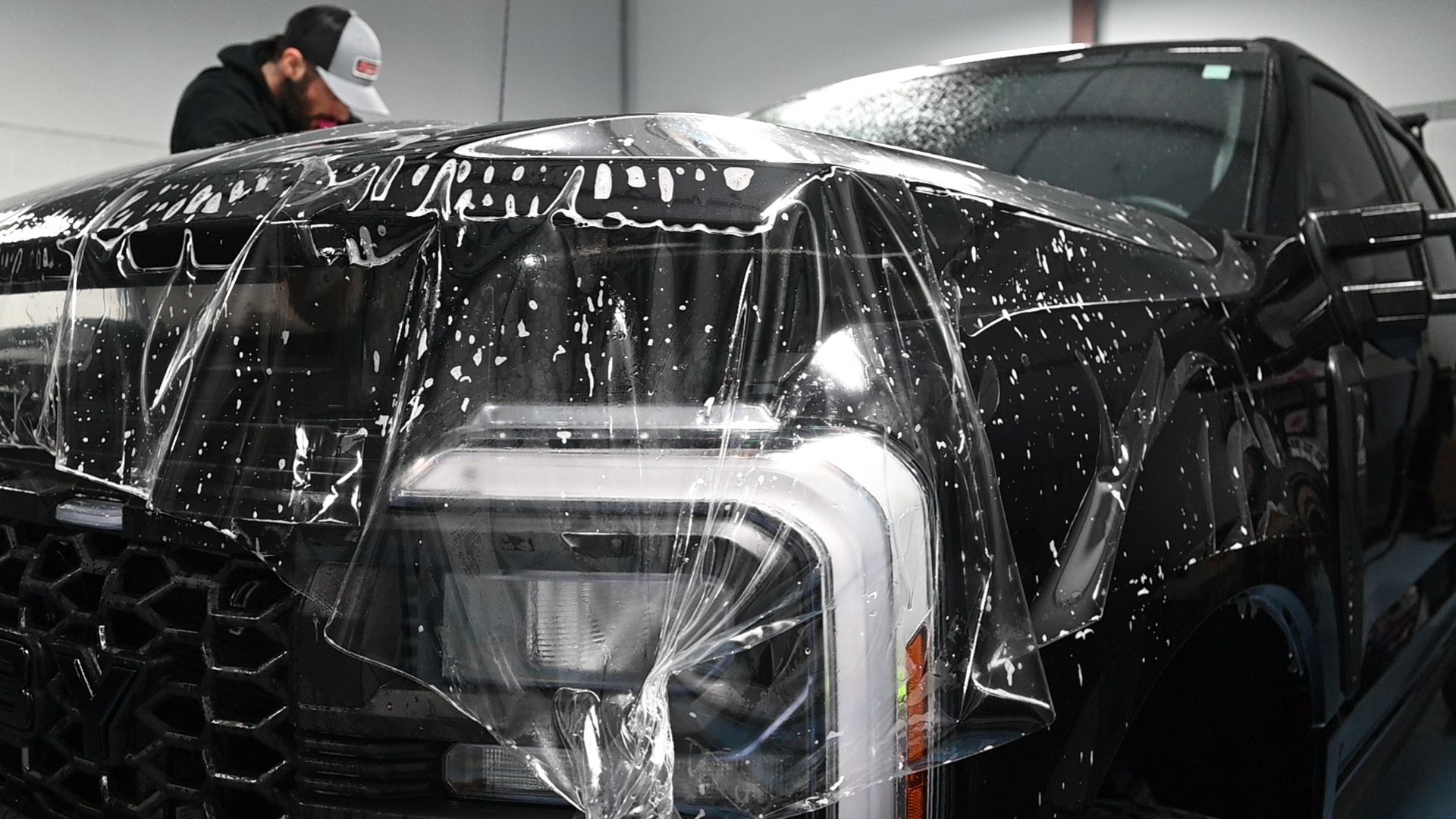
Before any film touches paint, we begin with thorough vehicle prep to guarantee the best surface for adhesion. This step is absolutely critical—no matter how advanced the film or skilled the installer, poor surface preparation can compromise the entire application. At Northern Lights Home & Auto Coatings, we treat this stage as the foundation of the PPF process because a clean, contaminant-free surface ensures the film bonds correctly and lasts as long as intended. Our prep process doesn’t just clean the vehicle—it removes microscopic debris, oils, and imperfections that could lead to bubbling, lifting, or reduced clarity over time. The extra care we put in here directly translates to a better-looking, longer-lasting finish.
Step 1: Deep Cleaning
Using high-quality automotive shampoo and pressure washers, we strip away dirt, wax, and sealants that might interfere with the film’s bond. Special attention is given to crevices, badges, and trim where debris hides.
Step 2: Surface Decontamination
We follow up with a clay bar treatment to remove embedded contaminants like tar, brake dust, and tree sap. This step creates a glass-smooth finish, ensuring no bumps or grains get trapped under the film.
Step 3: Alcohol Wipe Down
A final wipe with isopropyl alcohol eliminates residual oils. This creates a chemically clean surface, crucial for secure adhesion and long-term film performance.
Installation Steps for PPF
Professional application isn’t just about sticking film to a surface—it’s about precision, alignment, and patience.
Step 1: Measuring and Cutting
Our technicians pre-cut film templates or trim bulk film directly on the vehicle using patterns tailored to each panel. A slight overhang is left to ensure edge wrapping and full coverage.
Step 2: Slip Solution Spray
We apply a soap-water mix generously on both the adhesive side of the film and the vehicle’s paint. This temporary lubrication allows repositioning of the film without binding prematurely.
Step 3: Film Placement
With a steady hand, the film is laid over the treated surface. Adjustments are made to align edges, curves, and body lines perfectly before bonding begins.
Step 4: Squeegee Process
Working from the center outwards, we use a squeegee to remove moisture and air. Our technique applies even pressure to avoid stretch marks, bubbles, or fingers (raised edges that don’t adhere).
Step 5: Heat-Setting the Film
Edges, curves, and recessed areas are heated gently to activate the adhesive and shape the film snugly around contours. Heat also initiates the film’s self-healing layer for future scratch resistance.
Managing Edges and Air Bubbles
Clean edges and a bubble-free finish are signatures of a professional job. These minor yet crucial details can significantly impact the overall appearance and durability of a PPF installation. At Northern Lights Home & Auto Coatings, our experienced installers dedicate extra time and attention to refining edges and eliminating trapped air to ensure a flawless result. Proper edge wrapping not only enhances the aesthetic but also protects against premature lifting, while effective bubble management prevents weak spots that could compromise the film over time. By combining precision cutting, heat-setting techniques, and expert-level squeegeeing, we ensure that your PPF looks seamless and performs exactly as intended.
Edge Sealing
We trim excess film precisely and wrap it around edges for added durability. Heated edges are pressed into place with specialized tools, minimizing lifting due to weather or wash cycles. This step is especially important around high-contact areas like door edges, fenders, and hoods—where constant friction or wind pressure can cause film to peel if not properly sealed. At Northern Lights Home & Auto Coatings, we go a step further by contouring the film just past the panel edge when possible, creating a seamless, tucked finish that resists lifting and helps prevent dirt or moisture from creeping underneath. The use of controlled heat ensures the film softens just enough to mold snugly into shape without overstretching, preserving both adhesion and visual clarity.
Air Bubble Removal
While micro-bubbles are common immediately after installation, most dissipate within days as the film settles and moisture evaporates. A firm squeegee pass and a tiny pinhole help release trapped air from larger bubbles without causing damage to the film. Our technicians also use slip solutions strategically during installation to prevent bubbles from forming in the first place, allowing the film to glide into the correct position before adhesion begins. If a stubborn bubble is spotted during final inspection, we address it right away—because even a single trapped pocket of air can distort the finish or lead to premature wear. Our methodical approach and post-install checks ensure a clean, professional result that holds up under scrutiny and long-term use.
Post-Installation Care Tips
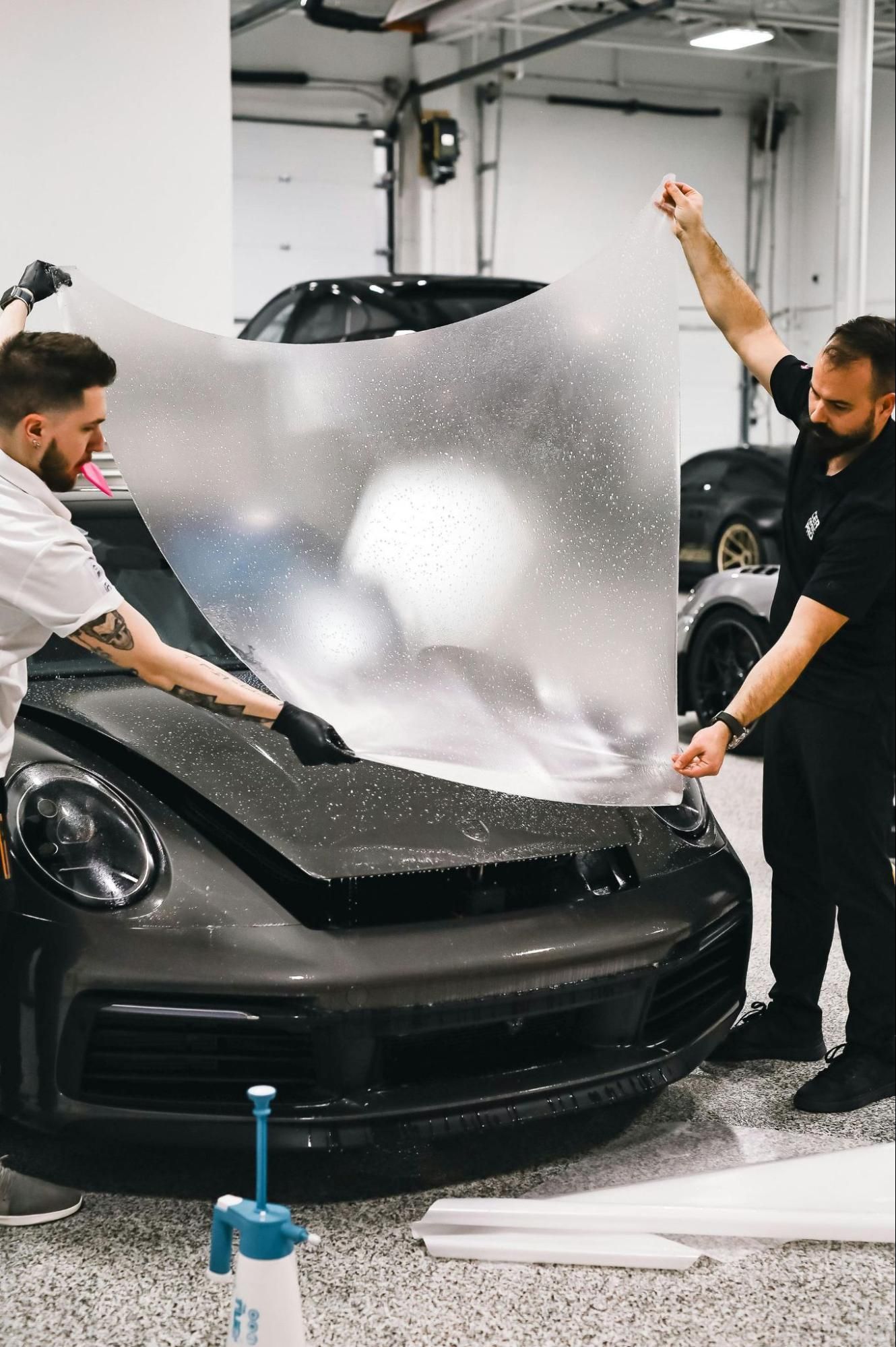
Proper aftercare extends the life of your investment and keeps your film performing like new. While professional installation lays the foundation for durability, how you care for your PPF in the days and months that follow is equally important. At Northern Lights Home & Auto Coatings, we educate every client on the best practices for maintaining their newly protected vehicle. With just a few thoughtful steps, you can preserve the film’s clarity, prevent damage, and maximize its protective qualities—ensuring your vehicle looks just as sharp years down the line as it did the day it left our shop.
First 48 Hours: No Washing
Avoid car washes or rain exposure during the initial curing period. This allows the film to bond fully to the surface.
Long-Term Maintenance
Use only pH-neutral soaps and soft microfiber mitts. Avoid abrasive cloths or harsh chemicals, which can dull the film over time. Drying with a clean microfiber towel helps avoid water spots and streaks.
Optional: PPF Sealants
Consider applying a film-safe ceramic sealant after 30 days. This boosts hydrophobicity and protects the film’s gloss against UV rays and pollutants.
Common Issues and Professional Fixes
Even the most carefully executed Paint Protection Film (PPF) installations aren’t completely immune to occasional issues. At Northern Lights Home & Auto Coatings, we emphasize not just flawless application but also long-term support—because we know that real-world conditions can sometimes create challenges. Whether it's caused by environmental stress, improper maintenance, or simply the natural settling process of the film, here are the most common post-installation concerns and how our professionals expertly address them:
- Peeling Edges: Often caused by improper handling post-install or weather stress. We apply controlled heat to reseal or trim as needed.
- Yellowing Film: Prevented by choosing non-yellowing, UV-stable films and ensuring regular washing.
- Surface Stains: For bug splatter or tree sap, we recommend isopropyl alcohol on a microfiber towel—never scrub aggressively.
By catching these early, we help clients maintain the appearance and performance of their PPF for the long haul.
Trust the Experts at Northern Lights Auto Detailing
Applying Paint Protection Film isn’t just about product knowledge—it’s about craftsmanship, control, and care. With Northern Lights Home & Auto Coatings, your vehicle gets professional-grade protection backed by experience, precision tools, and premium film products. Whether you're protecting a brand-new ride or restoring brilliance to a daily driver, our team ensures each install is seamless, bubble-free, and built to last. Ready to give your vehicle the protection it deserves? Book your professional PPF service now at Northern Lights Home & Auto Coatings.
